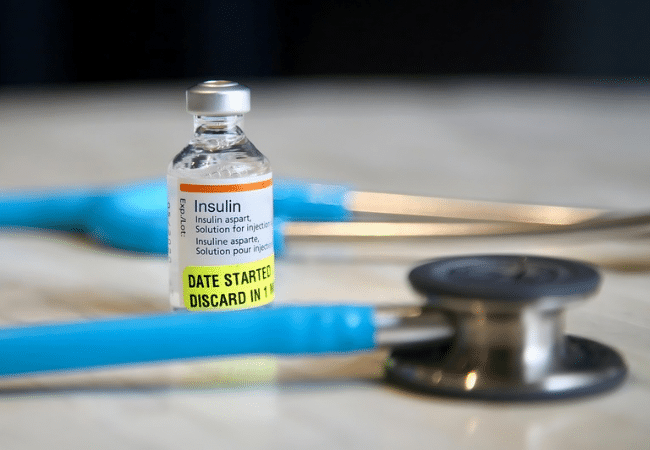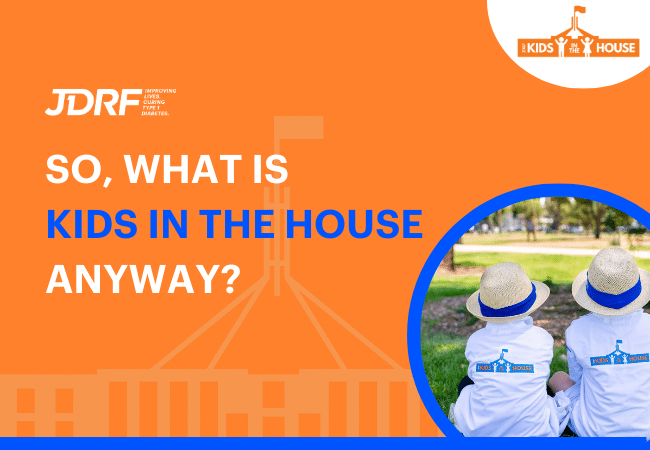What is hypo unawareness and how do I treat it?

Managing type 1 diabetes (T1D) means you have to be vigilant in checking your blood glucose levels and trying to keep them in your target range – but we know that’s often not as simple as it sounds. One possible complication can happen if your blood glucose levels drop too often, causing hypoglycaemia (‘hypo’) unawareness.
Hypo unawareness, as it’s commonly known, makes it more difficult for you to recognise the early warning signs of low blood glucose. This means you’re also slower to treat them, which can lead to ongoing health problems.
What is hypo unawareness?
The signs of a hypo can vary, but often include:
- blurred vision
- changes in behaviour, like being irritable or confused
- difficulty concentrating
- dizziness
- feeling anxious
- hunger
- shaking
- sweating.
Hypo unawareness occurs when your body loses its ability to recognise the typical symptoms of low blood glucose levels. So instead of the usual signs like the ones above, you might only experience a feeling of vagueness or subtle changes in your behaviour as your only indicators.
How does hypo unawareness happen?
Hypo unawareness can develop if you have frequent episodes of low blood glucose.
When your blood glucose levels drop below 4mmol/L regularly, your body’s hormone responses become blunted. In the early stages of T1D, a hormone called glucagon sends signals to your liver to release glucose into your bloodstream, while adrenaline produces the early warning signs of hypoglycaemia, such as shaking and sweating.
But glucagon secretion is reduced in most people within the first two to 10 years after they’re diagnosed with T1D. Without that glucagon being released into your body, your blood glucose levels will drop faster, giving you less time to recognise and treat your hypoglycaemia.
If you have repeated episodes of low blood glucose, your body will secrete a lower amount of these hormones, making it harder for you to recognise and respond to hypos over time.
Drinking alcohol can also make this condition worse. It affects your liver’s ability to release glucose and dulls your brain’s ability to recognise hypoglycaemia.

What are the risks of hypo unawareness?
A lack of awareness can stop you from treating your hypoglycaemia early, raising your chances of having severe hypoglycaemia. This means your blood glucose level can fall dangerously low, leading to confusion. If left untreated, hypos can lead to loss of consciousness or seizures.
Because your body’s glucagon response lowers over time, you may also experience faster and more severe drops in blood glucose levels.
If this is happening more than three or four times in a week – or fewer if you’re newly diagnosed – it’s a good idea to talk to your healthcare team about a strategy to manage it all.
What can I do about hypo unawareness?
The good news is that hypo unawareness is treatable. Research has shown that you can treat hypo awareness by reducing how often you have a low blood glucose level. This will usually involve lowering your overall insulin dose and raising your blood glucose targets for a period of several weeks. If you’re able to achieve this for two to three weeks, your hormone response that helps alert you to low blood glucose levels start to return.
Your diabetes team will be able to give you advice to help. Always talk to your doctor or diabetes team about any changes in your blood glucose patterns – they can provide personalised advice and adjustments to your management plan. They may suggest ideas like the following.
- Avoid low blood glucose levels: Try to keep your blood glucose levels above 5-6mmol/L to give your body a break from too many lows.
- Limit alcohol: Alcohol can affect your body’s ability to manage blood glucose levels and recognise hypoglycaemia, so it’s best to drink moderately or avoid it altogether.
- Monitor your blood glucose closely: Regularly check your blood glucose levels and take action to stop them from dropping too low. It’s especially helpful if you use a continuous glucose monitoring (CGM) system.
- Adjust insulin dosage: Work with your diabetes team to lower your overall insulin dose and increase your blood glucose targets for a period of several weeks. This can help to restore your body’s natural hypoglycaemia warning signals, so you can catch hypos early again.
- Set higher blood glucose targets: Temporarily increasing your target blood glucose levels can help you to have fewer hypos and give your body time to reset.
While hypo unawareness can be concerning, it is possible to prevent – and improve – the effects. Information is power, and by having a full understanding of how hypo unawareness can happen, you can be aware of early warning signs, and recognise and respond to low blood glucose levels more quickly and efficiently.
As with all T1D management, it’s important to work with your healthcare team to ensure you’re taking appropriate measures and getting the best care.



